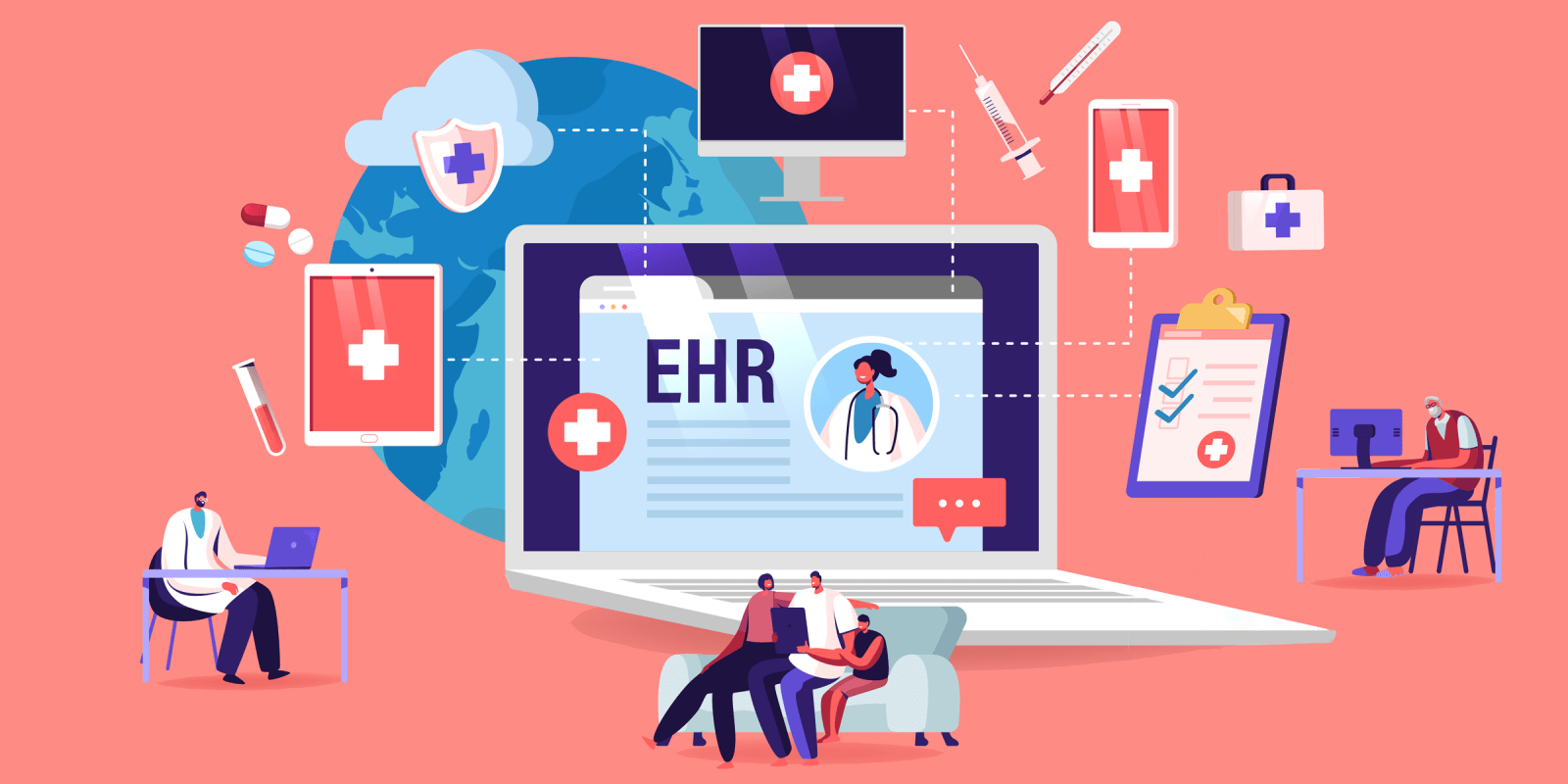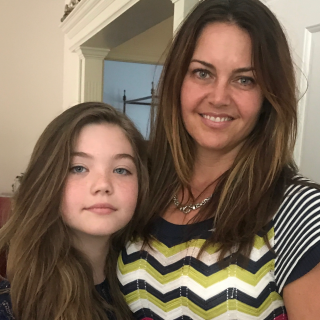I am a fifth-generation Kentucky native and a former pediatrics resident at Washington University. Intrigued by concierge medicine, I remained in St. Louis after residency to establish my own solo house call practice, gaining recognition as “the first iPhone doctor” along the way. When I returned to rural Kentucky, I was confronted with the devastating impact of chronic disease across the population, many of whom I had grown up with.
While I recognized the value of various health apps, wearables, and programs, I found myself ill-equipped to provide the support needed to prevent the progression of chronic diseases in my patients. Patients would come to me seeking guidance, only to return six months later with worsening risk despite their efforts. I soon realized I was part of the primary care majority. Many primary care clinicians want to integrate prevention and risk reduction into their daily practice so that they are able to offer the proactive, deeper level of care patients need. Yet they are still left without the tools to effectively generate patient behavior change, despite shouldering the responsibility for the long-term outcomes.
Clinicians need automated pre-visit assessments so they can effortlessly identify their at-risk patients. Then, filtered and actionable data must be delivered to primary care physicians in a timely manner so that clinician-led interventions can be implemented at the point-of-care. These interventions need to leverage an enhanced digital care strategy to bridge the “blind spot” of health care, the time when patients are out of the office and chronic diseases are progressing. The goal is to get clinician-led preventive care where traditional care sick-care rarely reaches: as an integrated part of patients’ busy lives.
In action, this looks like adding quick, user-friendly risk assessment surveys into clinical check-in workflows. It looks like clinical decision support delivered directly into the EHR before we even walk into an exam room. It looks like remote patient monitoring with sustained nutrition and physical activity support in between yearly well checkups. It looks like multichannel patient engagement strategies that deliver the 40 hours of nutrition education research shows are needed to impact behavior. It looks like prioritizing simple user experiences to surpass tech boundaries faced by older at-risk patients. It looks like monthly check-ins led by the clinic's RNPs or NPs.
So, how do we actually get these tools into the hands of clinicians? We focus on seamless integration into doctors' existing workflows, making them a helpful part of their day-to-day practice rather than a burden. This involves SaaS (software as a service) providers doing the necessary back-end work for smooth integration and offering easy and low-cost implementation to reduce clinician barriers. We embrace automation at every conceivable point to put disease prevention on autopilot. Here's where it gets even more exciting: the same changes in billing structures that leave us responsible for outcomes without prior tools or training present a vital opportunity for us to generate revenue for providing preventive care. Hence, it’s essential that we link action to reward by creating systems that effectively document the delivery of preventive care, ultimately supporting financial outcomes in primary care.
Chronic diseases such as heart disease, cancer, diabetes, and Alzheimer's are the leading drivers of health care costs and deaths. We need to embed prevention strategies across the entire patient population and leverage technology to automate workflows, engage patients, and transform primary care. Now is the time for clinicians to take the lead by intervening in their at-risk patients early and offering expanded preventive care programs.
Natalie Davis, MD, is a pediatrician and chief medical officer of PreventScripts. She is a graduate of Murray State University, The University of Kentucky College of Medicine, and Washington University Pediatrics at St Louis Children's Hospital. She became obsessed with mobile technology and its potential to scale health across populations while serving on advisory boards at Healthtap and Doximity.
Image by ivector / Shutterstock







